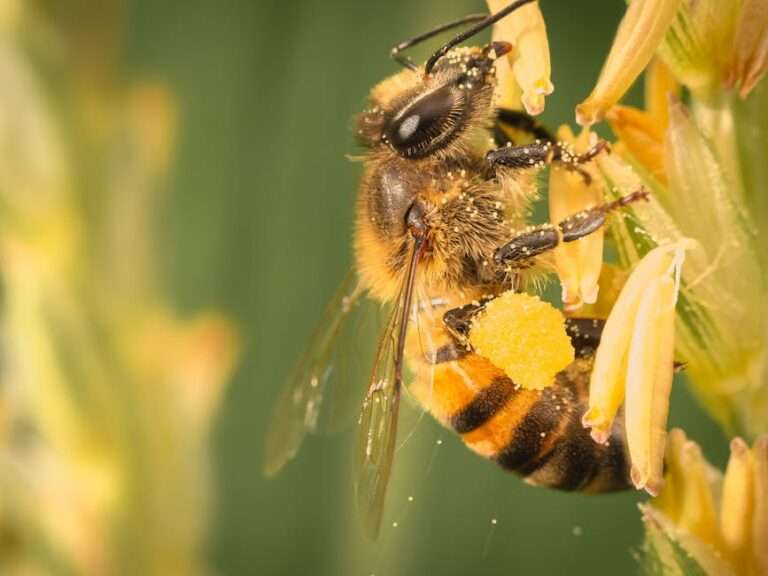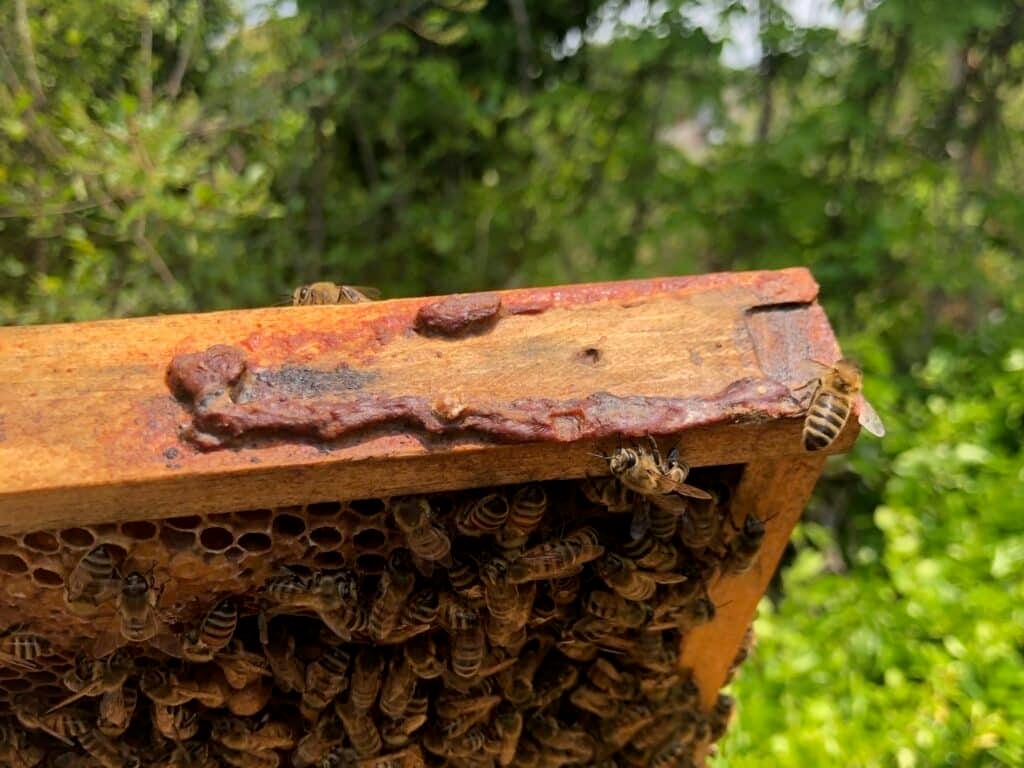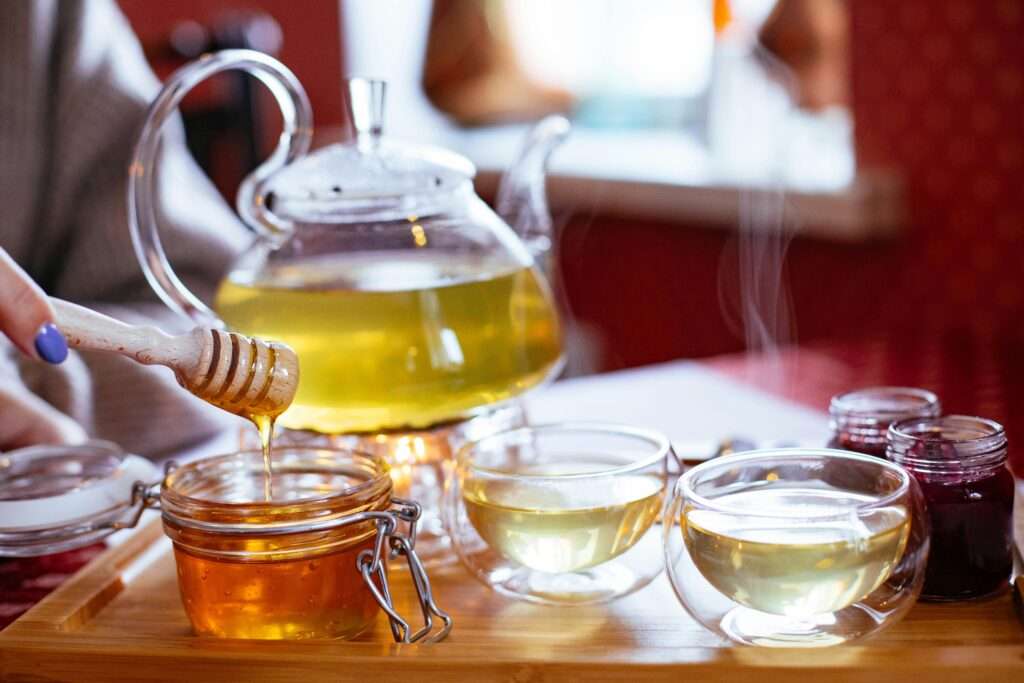What common mistakes should be avoided when installing pollen traps
Here are the most common mistakes to avoid when installing pollen traps:
- Leaving alternate entrances open: If the trap is installed but bees can enter the hive through other gaps or holes (like a rotten box corner or unblocked upper entrance), they will bypass the trap, reducing collection efficiency[1][2][3].
- Installing on a very hot day: Bees can overheat if the entrance is congested while adjusting to a new trap, especially in hot weather. Choose a mild or overcast day for installation to reduce stress and prevent overheating[1].
- Not acclimating bees to entrance changes: For top-mounted traps, bees need to be accustomed to using a top entrance before you add the trap. Suddenly changing entrance location and adding a trap can confuse bees and cause clustering outside the hive[1][4].
- Failing to check trap fit and function: Traps should be installed securely and checked for warping, difficulty opening or closing, or improper fitting with other hive equipment (like lids or bottom boards). A poorly fitting trap can lead to bee confusion or escape routes that circumvent the trap[1][4][3].
- Choosing a weak or stressed colony: Only install traps on strong, healthy hives with a young queen. Trapping pollen reduces what’s available inside the hive, so only robust colonies should be harvested[1].
- Continuous trapping without breaks: Leaving a trap on too long can reduce brood rearing and honey production. Use traps for a few weeks at a time and rotate among hives to maintain colony health[1][2].
- Not emptying traps frequently: Allowing the collection drawer to overfill can lead to molding, pest attraction (like hive beetles), or lost pollen due to spillage[1][2].
- Poor maintenance and cleaning: Letting pollen or debris build up in the trap can cause mold or pest infestation. Clean traps regularly[1].
- Trap use during queen events: Traps can make it difficult for a queen to leave for mating flights or to reenter; avoid using traps when hives are about to requeen or swarm[1].
By avoiding these missteps, your pollen traps will work efficiently and your colonies will remain healthy and productive[1][2][4][3].
⁂
- https://www.foxhoundbeecompany.com/blogs/miscellaneous/ultimate-guide-to-bee-pollen-collection-tips-and-techniques-for-beekeepers
- https://www.betterbee.com/instructions-and-resources/how-to-use-a-pollen-trap.asp
- https://www.youtube.com/watch?v=GIU0qn1fb5g
- https://www.honeybeesuite.com/using-a-top-mounted-pollen-trap/



